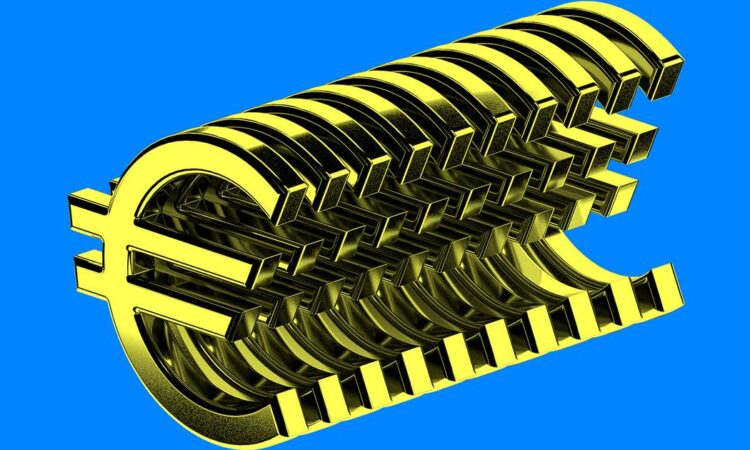Europe bets MiCA can help euro catch up with dollar and South Korean won in crypto – DL News

- The European Securities and Markets Authority found that the euro plays a minor role in crypto markets.
- The South Korean won dominates after the US dollar.
- Regulators bet that the EU’s crypto regulation, MiCA, may become a “growth driver” for crypto in Europe once implemented.
Few investors would be surprised to see the US dollar trouncing the euro when it comes to crypto transactions. But the South Korean won comes in second place, a new report from European regulators shows.
The euro accounts for just 10% of fiat-to-crypto trading volumes. Since the end of 2020, that market share hasn’t changed much.
That indicates that European investment in crypto hasn’t jumped since the European Union established its landmark legislation for crypto, known as the Markets in Crypto-Assets regulation, or MiCA.
“The euro only plays a minor role, and the announcement of the MiCA regulation has not caused an increase in euro transactions so far,” according to the report from the European Securities and Markets Authority published on Wednesday.
Tracking the fiat currencies used for trading crypto indicates geographic concentration of trading activity.
And the upshot for the eurozone is that MiCA is due to start going live in phases beginning in June.
The EU’s crypto rulebook could become a “potential growth driver once implemented in 2024,” the regulators wrote.
European regulators are betting that a trailblazing regulatory framework for crypto assets will attract more crypto market activity to the 27-nation bloc.
Join the community to get our latest stories and updates
South Korean won
Yet since December 2022, the South Korean won has steadily increased its share of the fiat-to-crypto market.
By the end of 2023, the won and dollar together made up 80% of the market, ESMA reported.
That may be because of the “high popularity of crypto assets among South Koreans and the government’s welcoming stance and proactive regulation of this market,” the report stated.
The won first surpassed the dollar as the biggest fiat trading pair in crypto in November, according to Bloomberg, which cited CCData.
Still, the ESMA report finds that 70% to 80% of secondary market transactions stay within the crypto sector and don’t involve fiat currency.
South Korea’s ascendance is also reflected in trading volumes of the top crypto exchanges. Binance led the charts with a market share of 49% in 2023, with $3.7 trillion in trading volume that year.
Upbit, a leading South Korean crypto exchange, followed with a 7% market share.
Market concentration
Binance’s market share dropped from about 60% in December 2022, after competitor exchange FTX collapsed and declared bankruptcy.
But Binance’s market share has steadily declined as US enforcement took actions against exchange, eventually leading to former CEO Changpeng Zhao to plead guilty to money-laundering violations and agree that the company would pay $4.3 billion in fines.
Still, the top 10 exchanges handle around 90% of total trading volume, the report finds. OKX, Coinbase, and Bybit follow in the top five.
Stablecoins
Stablecoins make up more than 60% of all transactions, the report said. That may be because investors switch to the pegged crypto assets to hedge against the high volatility of unpegged assets.
“Crypto-asset prices are characterised by highly volatile boom and bust cycles,” the report said.
However, stablecoin’s market capitalisation dropped to $130 billion in December 2023 from $190 billion in May 2022 — when the collapse of stablecoin Terra Luna collapsed sending shock waves across crypto markets-.
Inbar Preiss is a Brussels-based regulation correspondent. Contact her at [email protected].






